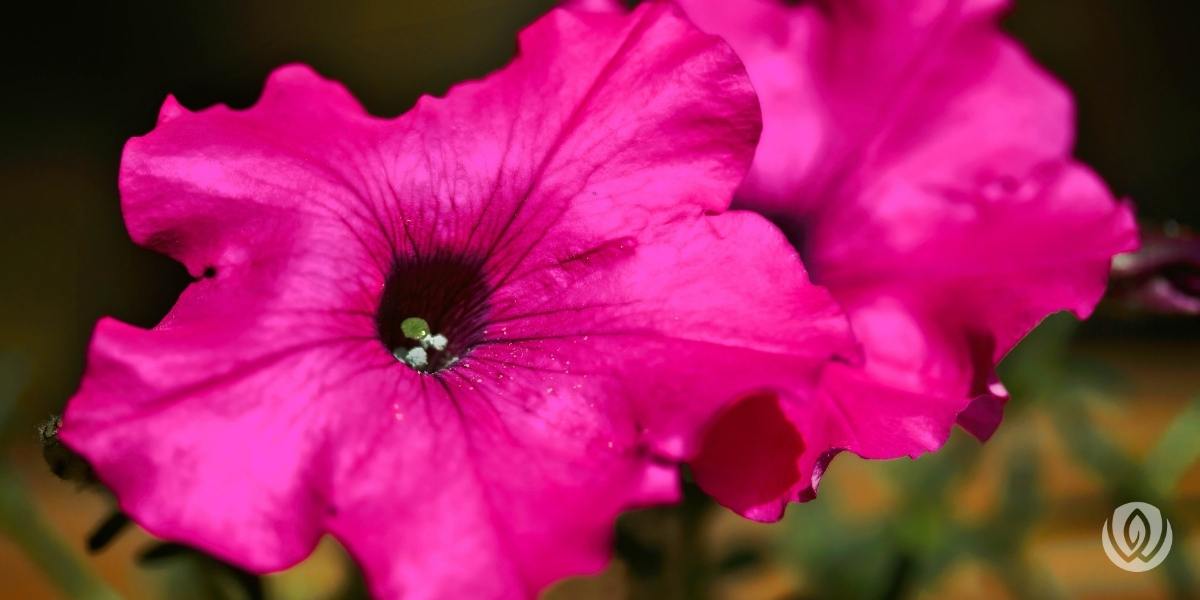
If you’re like us, you love flowers of all kinds. Whether you have hanging baskets, flowers in urns on your front step, masses of flowers in your garden beds, or all of the above, you can make the floral display last longer by deadheading flowers.
If you’re new to the term, deadheading it simply means removing the spent or dead flower head. It’s easiest to do this with pruning shears, kitchen shears, or scissors. You may be able to pinch off spent blooms with your fingers, but you won’t get the best results.
When it comes to deadheading roses, how and when to do it depends on the type of rose. We recommend investing in a good pair of garden shears and some heavy-duty gardening gloves before trying to deadhead and prune your roses. A good resource that will tell you how to deadhead your specific type of rose is The American Rose Society.
Petunias are a very popular annual for hanging baskets, front porch pots, and garden beds alike. Unfortunately, the blossoms die off quickly. If you want to avoid straggly stems without blooms for at least half of the season, you’ll want to deadhead your petunias. This will leave you with a bushy plant that produces blooms all summer.
Instead of just removing the spent bloom, clip off the blooms once they turn brown. Then cut the stems directly above the next pair of leaves.
Daisies and related perennials like Black-Eyed Susan and coneflowers can benefit from deadheading as well. Using pruning shears or scissors, cut spent blooms when they have begun to wither and brown back to the first set of leaves. This will stimulate new flowering.
If you like to attract and feed songbirds, you may have one or more birdfeeders hanging up around your property. But did you know that by choosing not to deadhead some flowers, you are creating a natural feeding zone for birds?
One example is purple coneflowers. If you leave them alone, not only will they multiply, providing you with more color the following year, but they will present an “all you can eat” buffet for goldfinches. They absolutely LOVE the seeds and will feed for extended periods of time. There’s nothing quite like seeing a bright yellow male goldfinch (or several) in your yard.
You can then cut the coneflowers down to within a few inches of the ground later in the fall when the seeds are gone.
As summer winds down, it’s a good time to think about what aspects of your outdoor living space you enjoyed in recent months, and which ones could use an upgrade. If you’re thinking about getting a new patio or adding an outdoor kitchen, or simply revamping your landscape design, we can help.
We work with homeowners throughout the Capital Region, including Maryland, DC, and northern Virginia. Just fill out the form to schedule a consultation, or call us at 301.720.1000.
"*" indicates required fields
